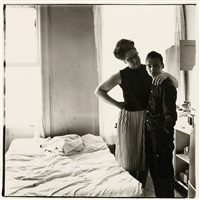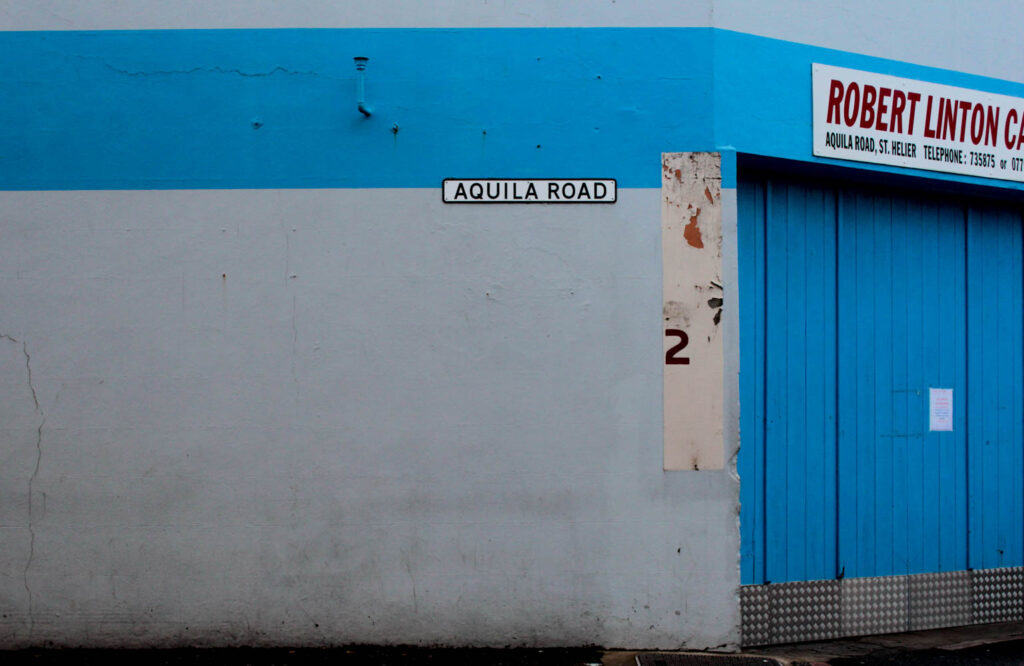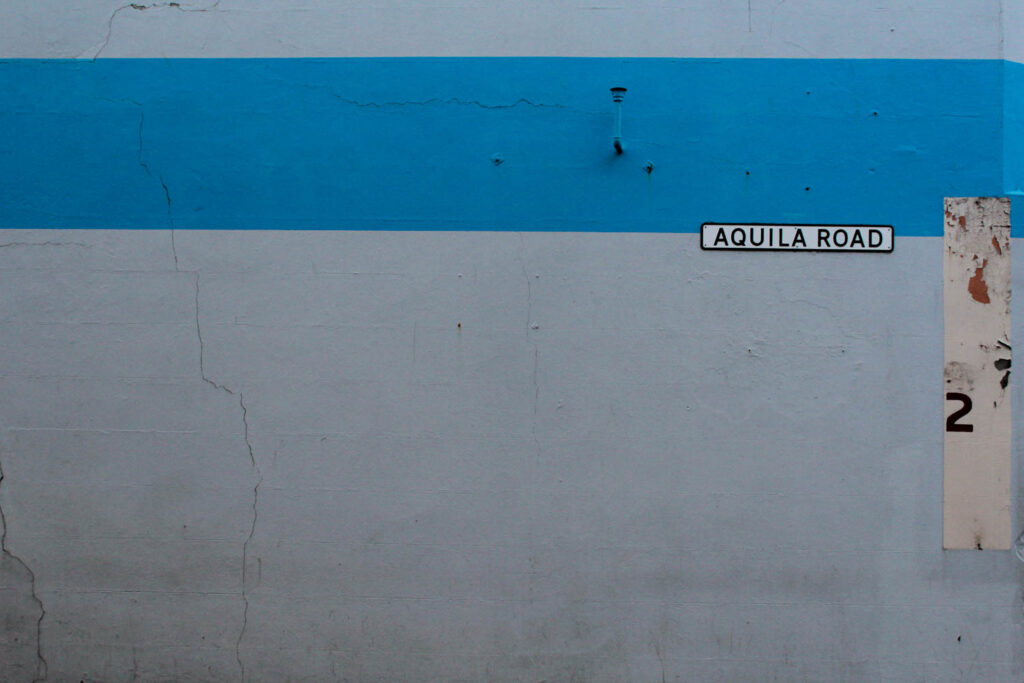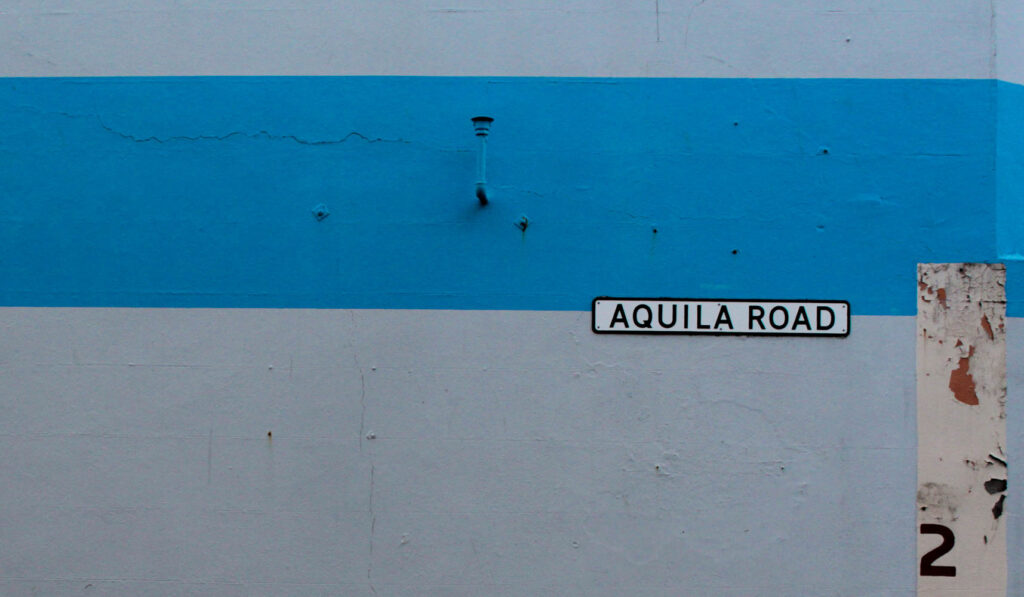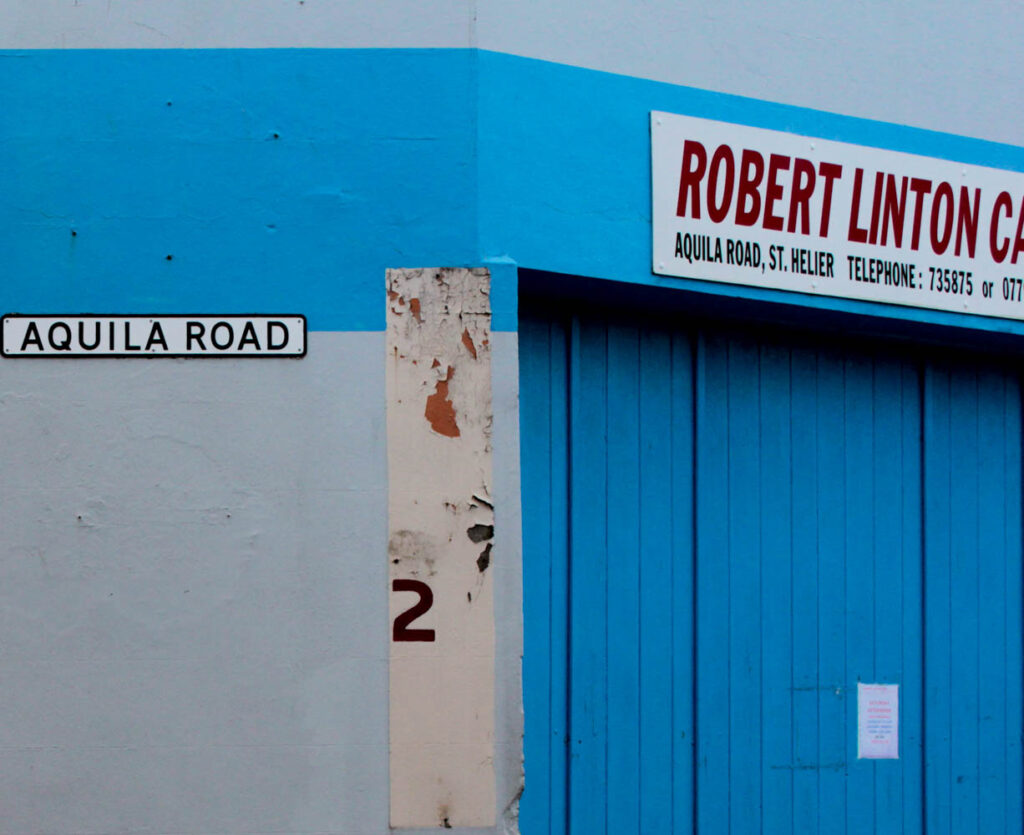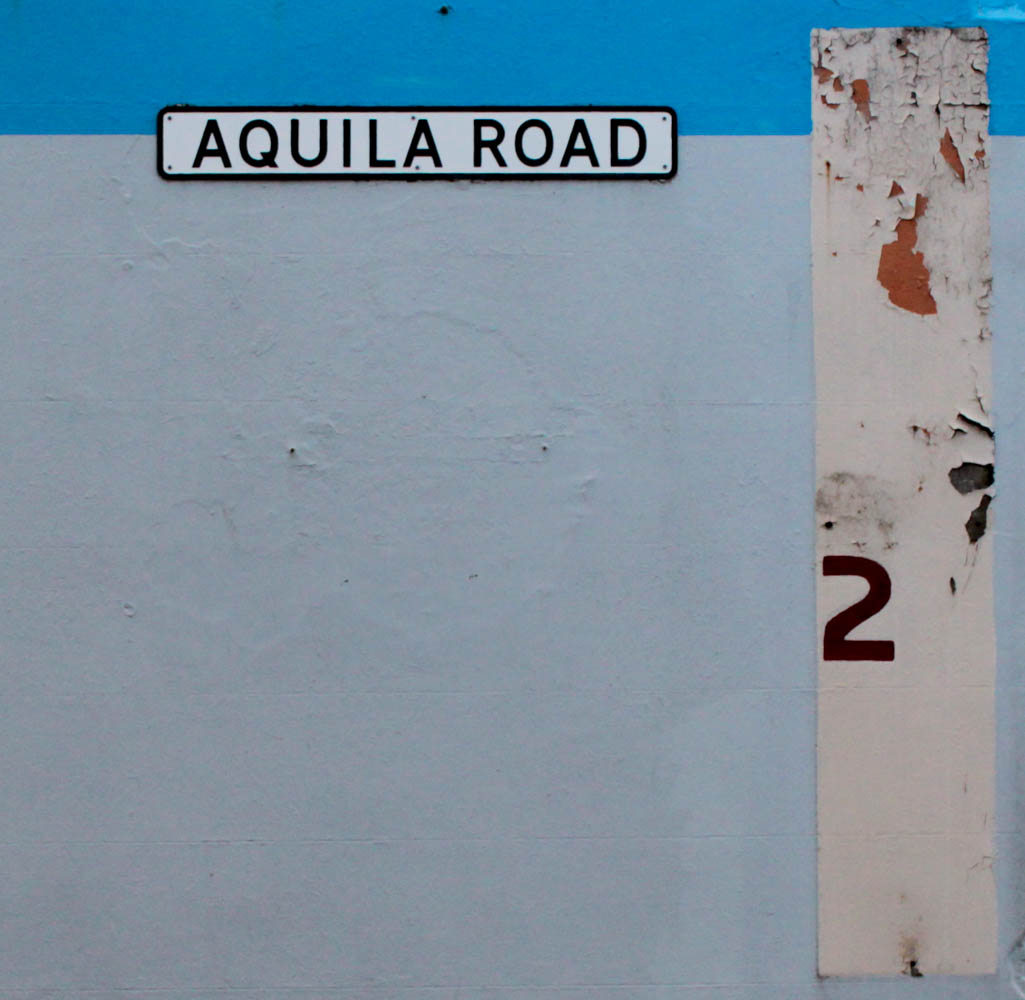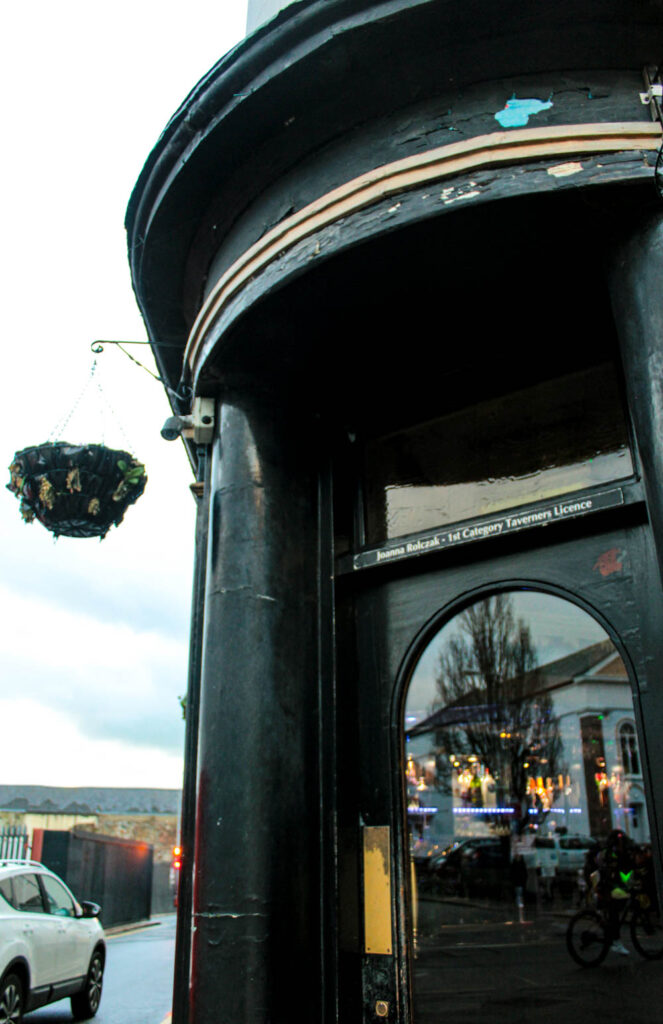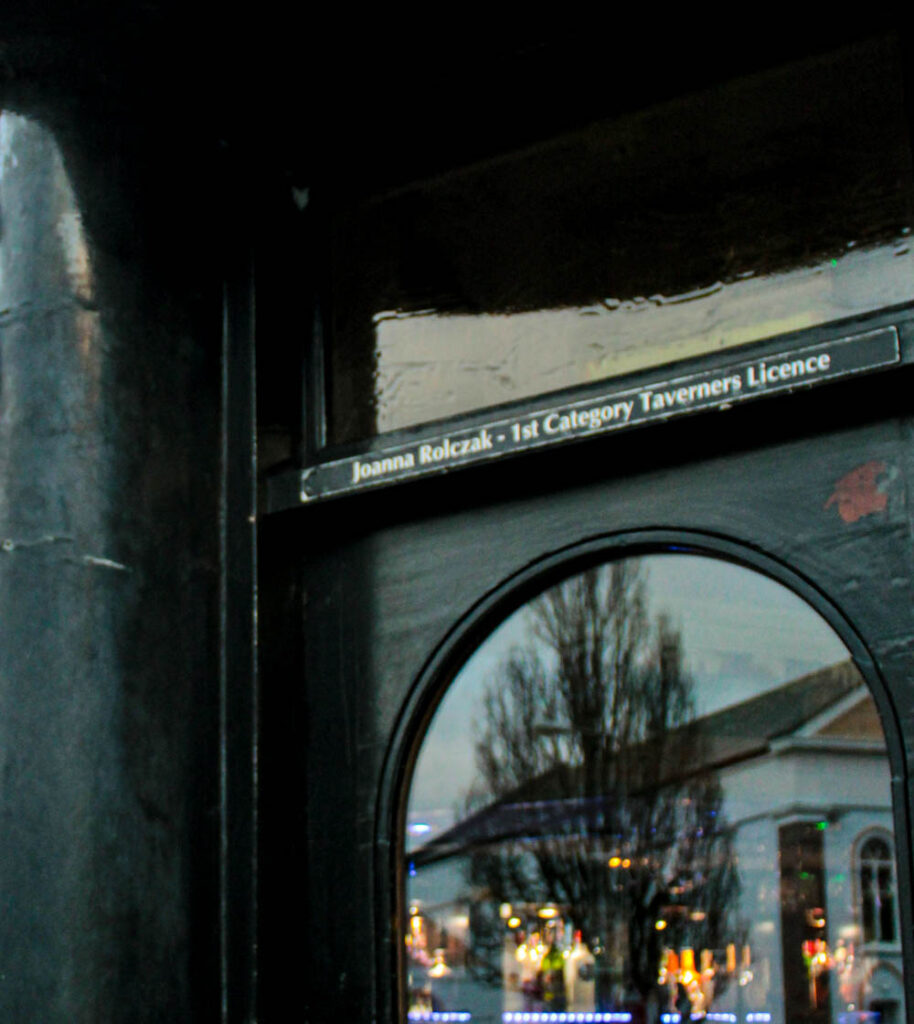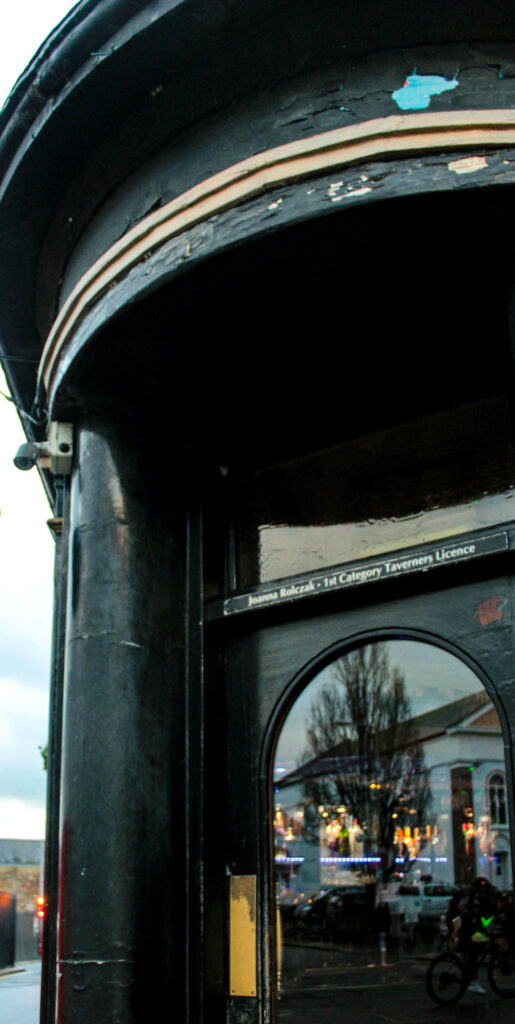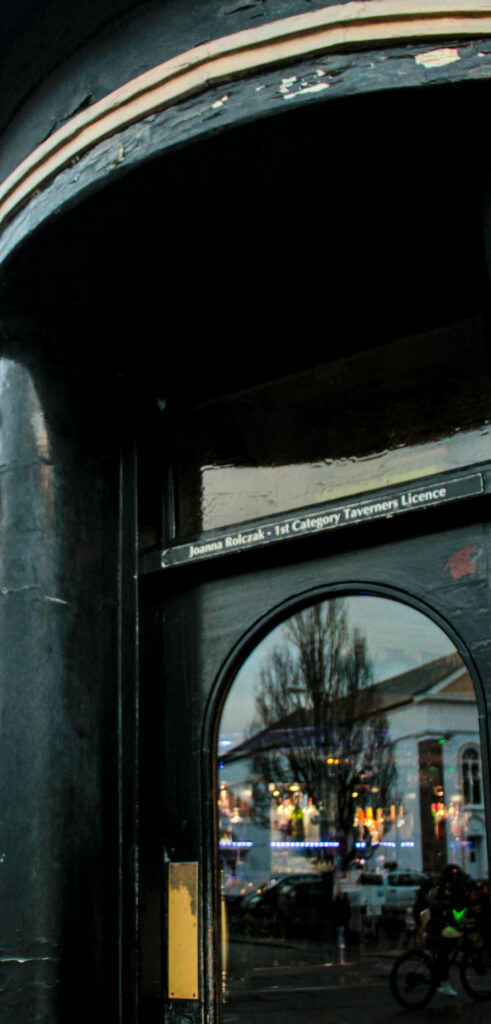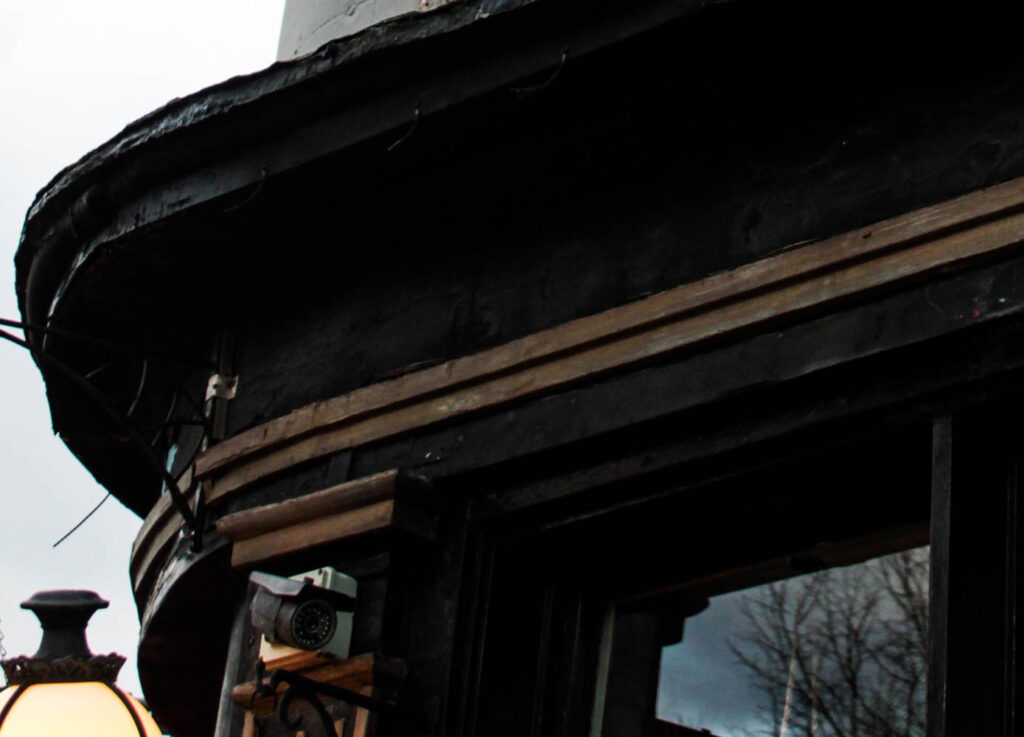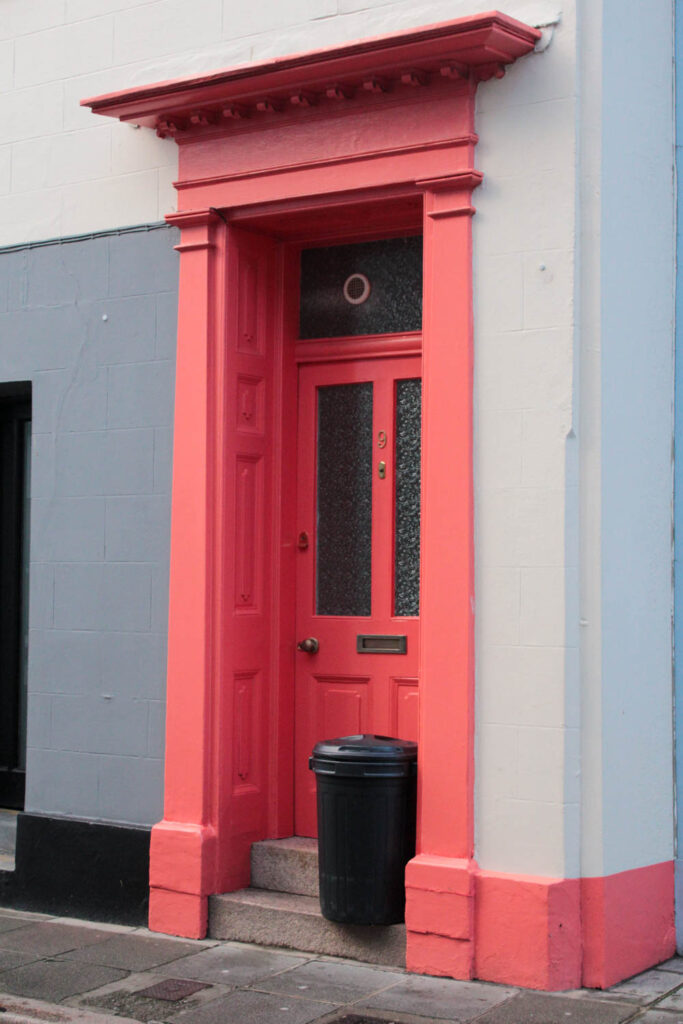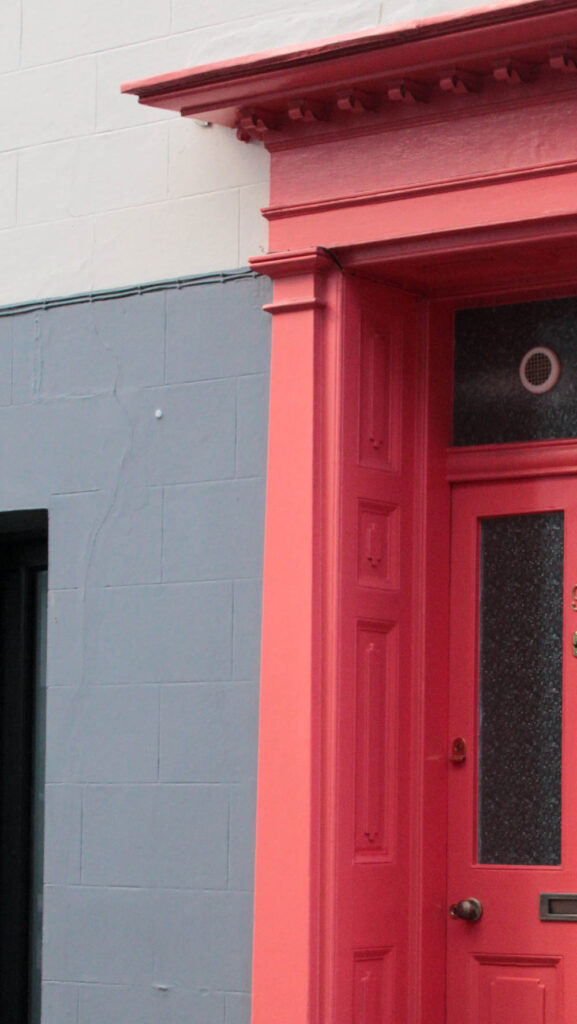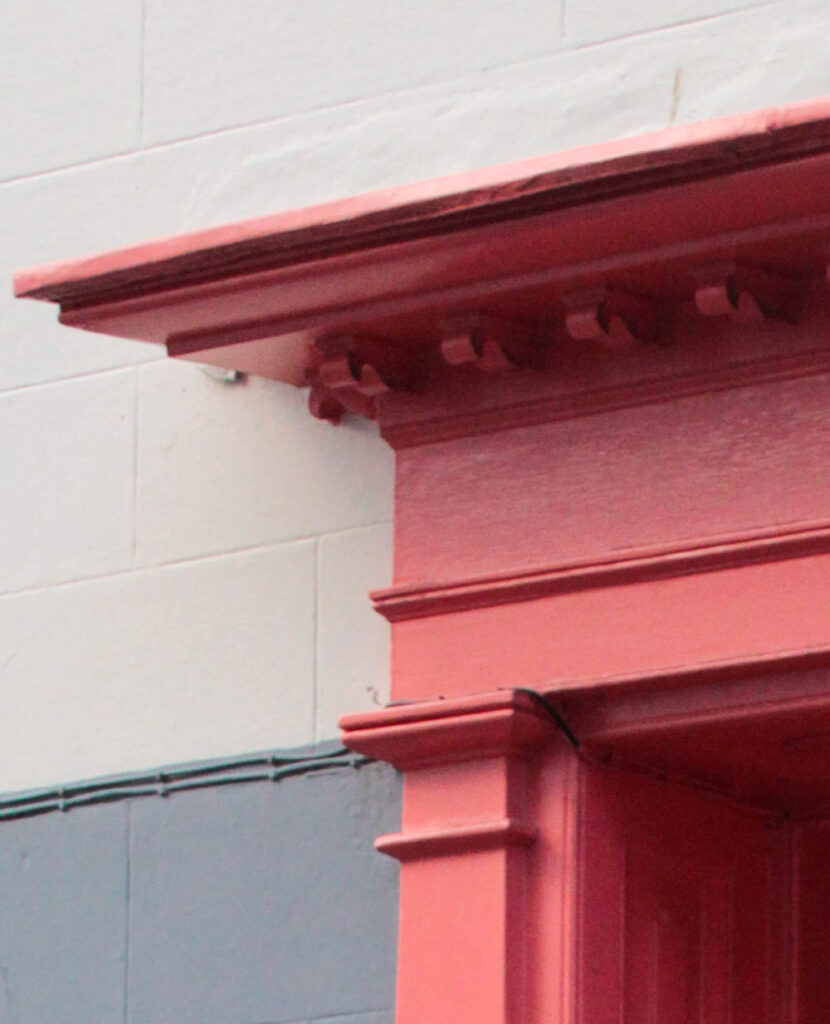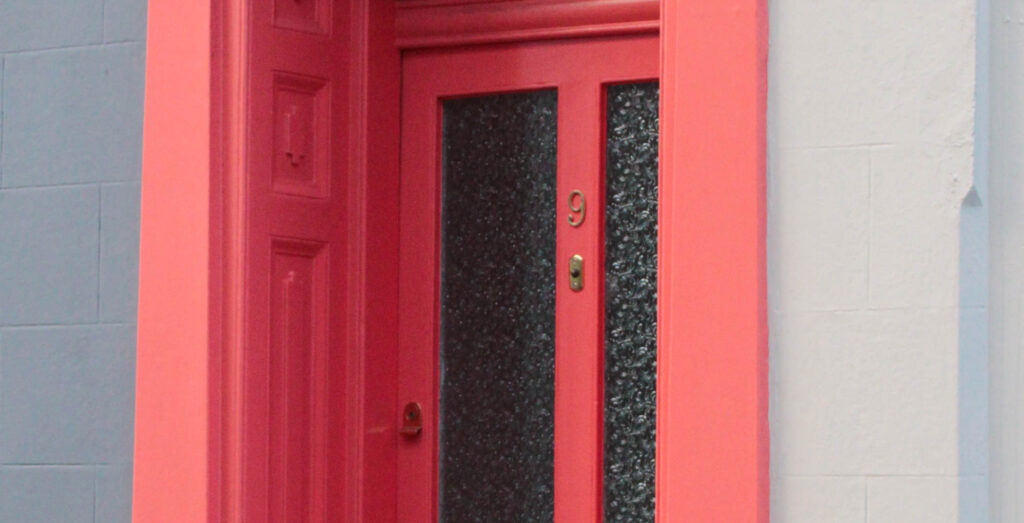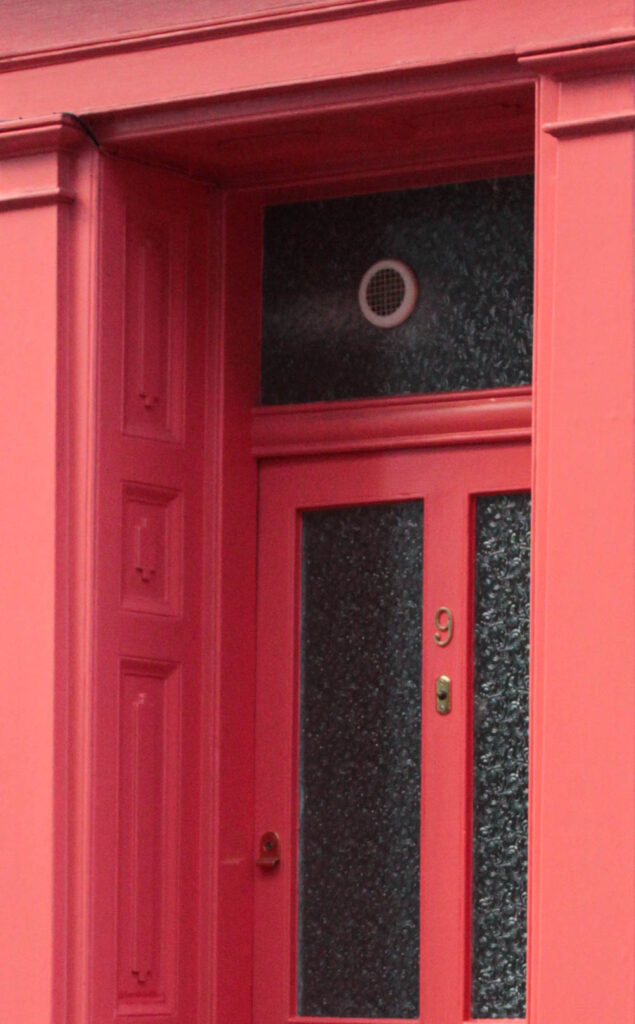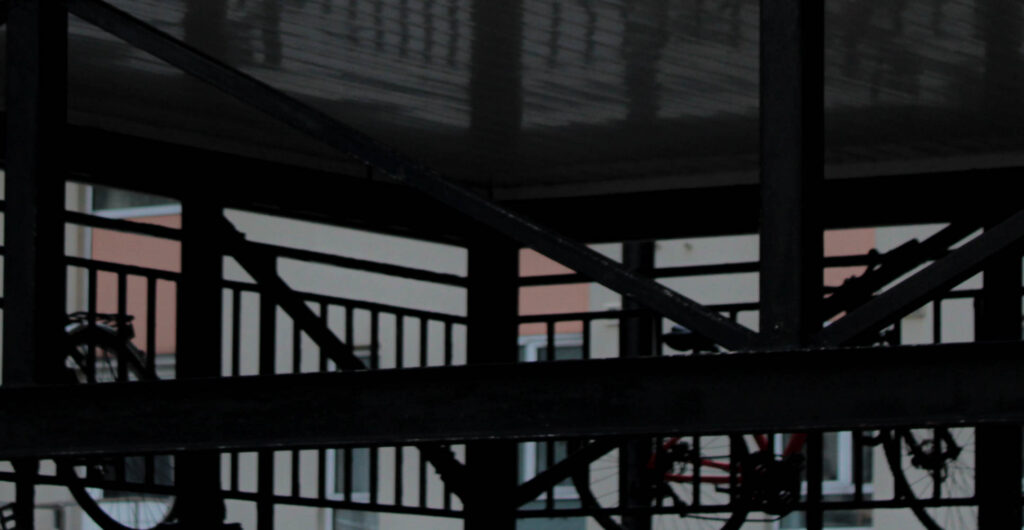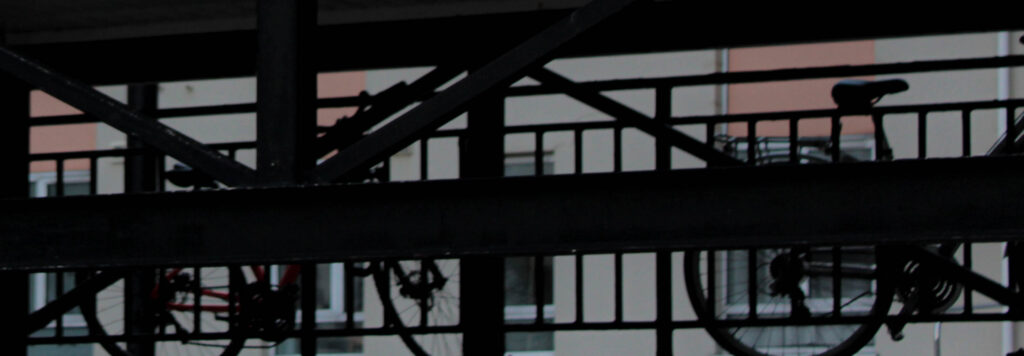How can the complexities of being a teenager in this generation be portrayed through photography?
‘My only agenda is to bring attention to otherwise ignored and shunned lives.’ Jim Goldberg
The definition of youth from the oxford dictionary is ‘the period between childhood and adult age’.1 In this essay I will reflect not just on the technicalities of it but also the raw emotions. By using nostalgia I create a relationship between the view of the images and your feelings. My images consist of light and dark, happiness and sadness, correlating with the ever ending roller coaster of youth. Two photographers that inspired me are Jim Goldberg2 and Danny Evans3. I resonate with their portrayals of being a middle class teenager. I have used these inspirations to intertwine my work to be something reflective of me and the life that I live. Jim Goldberg is an American artist and photographer whose work reflects long-term relationships with ignored cultures.4 He is mainly known for his Raised by Wolves publication, where he was concerned for the risk of homelessness youth in California. Goldberg would find teenagers on the street who were struggling and take candid raw photos of them to portray how action needed to be taken to create a change. ‘Every single immigrant is part of a larger history that needs to be communicated in all its ambivalences and complexities.‘5 Goldberg further explains how change is not aimed politically but is for the people. ‘I’m not a politically radical person. In fact, I’m much more interested in being radical aesthetically.’6 His book presents teenage culture as hard and alienating through the single snapped shot of raw emotions.
I am going to investigate the position of the photographer being an insider or an outsider. This is a theory to do with the ethics of photography, written by Abigail Solomon-Godeau.7 There are some key moral questions that we can ask ourselves when making photographs, for example, ‘does it make a difference whether or not you have a personal relationship with the subject of a photograph?’. 8 I personally think that there is a big difference when making photograph on how you portray them depending on if you have a personal relationship with the subject or not. Your own personal enigmas will translate through your imagery, either objectifying your subject to have positive or negative traits. For example, Jim Goldberg has made images of homeless youth in California, although he is not a part of this group. Through the images he made of youth on the streets in Los Angeles, he is portraying them in a empathetic light. Although his position is an outsider looking in he is wanting to help these minority teenagers by portraying a view from the inside. This is because he is within the situation of the community that he photographed and the images created an awareness, by using codes such as a young woman hurting herself9. Although the images are depicting the lives of young and vulnerable people in situations, such as sexual activity, drug taking and criminality, which could be seen as morally wrong and intrusive, his empathy with his subject allows for other images of tenderness and understanding thus creating an awareness of street homelessness.
I want to incorporate Solomon-Godeau’s theory within my work as the insider. ‘If it were possible, I’d want no mechanism between me and the moment of photographing’.10 I want to portray this, by going against the stereotypes of teenage life, and portraying how we actually live. Parents all around the world seem to think that they know what teenagers go through, but realistically they have no idea what it is like to be a teenager now days, having to live up to the impossible ideals of the media and with every growing technology ruining relationships. Jonathan Haidt wrote the book ‘The Anxious Generation’, which describes how growing technology is ruining children’s and teenagers lives. ‘We don’t let preteens buy tobacco or alcohol, or enter casinos. The costs of using social media, in particular, are high for adolescents, compared with adults, while the benefits are minimal. Let children grow up on Earth first, before sending them to Mars.’11
The reason this area of work interests me is due to Stuart Hall’s theory of representation12. He describes that representations are constructed via codes, and these codes portray key stereotypes. He discusses that these stereotypes can infer that negative traits are natural, for example the trait that all teenagers are inactive and lazy. I want to portray his ideas that stereotypes can be challenged and changed by the use of imagery reflecting key ideas and binary opposites, to go against societies’ myths and ideologies.
I want to prove that teenage life is not what it used to be. I will be making images of my own friendship groups in similar snapshot aesthetic and documentary style to Goldberg. In addition, I will be exploring themes of anthropocene and landscape imagery in relation to concerns about the environment. Global warming is a serious issue that is happening now. Our generation will have to be the ones to clean this up, so in a way I wanted to use my book as representation of this inheritance. I have taken inspiration from Naomi Whites images, ‘Plastic Currents’13. She portrays how the simplest things, like buying one singular plastic bag is ruining our environment. I want to portray how male teenage life has an obsession of cars, and how cars are ruining the planet. I will do this through the use of what Claude Levi-Strauss called ‘Binary Oppositions’. 14 We cannot refer to something without portraying its opposition. I will do this by including images of teens working on cars and driving cars, but then opposing them to imagery of the landscapes and the world around that is ruined by the mass consumption of fossil fuel.
I have also gained some inspiration from discovering Diane Arbus. She was a troubled photographer who took her own life. 15 She felt at home among the outsiders she photographed. I feel that I have created this feeling for myself, although I am similar to who I photographe age wise, being the opposite gender means that I live in a completely different world to them. This is the reason I wanted to photograph teenage males instead of females, so I can have that opposition to create less of a bias in my imagery. Arbus may have felt an enormous empathy with the people she photographed, but she was not one of them, however much she identified with their outsider status.16 She said, ‘I wanted to look at those people who were outsiders, like I was‘17 I want to take images that stand the test of time, no matter who looks at them I want them to feel like an outsider, like they will never understand the true emotion being portrayed because they have not personally lived through it.
I want to create something palpable, something that you can feel close to which will create a tangible feeling. After reviewing his publication ‘Fingerprint’, I have realised that to create a meaningful project I will need to create context. By adding dialogue to my images it will dive deeper into the emotions. Revealing the complex construction of identity itself. 18 ‘Feeling like an outsider enabled me to evoke stories from the people I worked with because I could relate to them‘19 Goldberg explains that having people write directly on the images allows an insight to their thoughts. I want to also create this by adding people’s thoughts and feelings along with the images I have created. A key thing Goldberg did to gain feedback was show his models the images and ask them key questions like if they seem right, or like how they are being portrayed. I will also do this and add this to my book to portray my process of representation.
Jim Goldbergs image tend to be in a documentary style, allowing them to be analysed in a contextual way. Through the use of a simple skateboard he can highlight elements such as the worn down wheels or the scratched bottom and tail to portray its use. This can connotate how the teenagers he photographed feeled, due to the reckless connotations of their own belongings we can see how these teens were troubled, allowing themselves to move freely.
Diane Arbus alos uses a documentary style to represent people. By doing this she uses key eye contact to portray raw emotions. This creates a connection between the reader and the character being photographed. This gives an insight into the characters life, allowing a view from the outside too look in. “For me the subject of the picture is always more important than the picture. And more complicated.” 20 She explains how the subject is most important as they are who creates the image, without the subject there would be no room for evaluation. “I don’t press the shutter. The image does, and it’s like being gently clobbered.”21
- https://www.google.com/search?ei=W-laZ5LbHtKdkdUPxO716AU&gs_lp=Egxnd3Mtd2l6LXNlcnAiBXlvdXRoMg0QABiABBhDGMkDGIoFMgsQABiABBiSAxiKBTINEC4YgAQYsQMYgwEYCjIFEAAYgAQyCxAuGIAEGMcBGK8BMgsQLhiABBjHARivATIFEAAYgAQyCxAuGIAEGMcBGK8BMgUQABiABDIFEAAYgARI3QhQnwVYnwVwAXgBkAEAmAFdoAFdqgEBMbgBA8gBAPgBAZgCAqACY8ICChAAGLADGNYEGEfCAg0QABiABBiwAxhDGIoFmAMAiAYBkAYKkgcBMqAHnBA&oq=youth&q=youth&rlz=1C1GCEA_enJE1126JE1126&safe=active&sca_esv=e095c950f9c2c4db&sclient=gws-wiz-serp&surl=1&uact=5&ved=0ahUKEwjS9IGar6KKAxXSTqQEHUR3HV0Q4dUDCBA ↩︎
- https://jimgoldberg.com/ ↩︎
- https://www.instagram.com/dannyphoto/?hl=en ↩︎
- https://www.magnumphotos.com/arts-culture/art/jim-goldberg-raised-by-wolves/ ↩︎
- https://www.brainyquote.com/quotes/jim_goldberg_585734 ↩︎
- https://www.brainyquote.com/quotes/jim_goldberg_585734 ↩︎
- https://www.photopedagogy.com/uploads/5/0/0/9/50097419/week_5_abigail_solomon-godeau_inside_out.pdf ↩︎
- https://www.photopedagogy.com/insideout.html ↩︎
- https://images.fotomat.io/prod/c0a2cfd4-9bee-4d2b-9993-3b3cf0741393/90a36702-e209-46bb-af50-2ddbfba1be35.jpg?s=M ↩︎
- https://www.photopedagogy.com/uploads/5/0/0/9/50097419/week_5_abigail_solomon-godeau_inside_out.pdf ↩︎
- https://www.anxiousgeneration.com/ ↩︎
- https://hautlieucreative.co.uk/photo21al/wp-content/uploads/sites/41/2021/01/Representation-Stuart-Hall.pdf ↩︎
- https://www.naomiwhite.com/plastic-currents#0 ↩︎
- https://media-studies.com/binary-opposition/#:~:text=The%20anthropologist%2C%20Claude%20L%C3%A9vi%2DStrauss,%E2%80%9Call%20human%20signifying%20structures%E2%80%9D. ↩︎
- https://www.theguardian.com/artanddesign/2011/jul/26/diane-arbus-photography-sideshow ↩︎
- https://www.theguardian.com/artanddesign/2011/jul/26/diane-arbus-photography-sideshow ↩︎
- https://www.magnumphotos.com/arts-culture/art/jim-goldberg-raised-by-wolves/ ↩︎
- https://www.magnumphotos.com/theory-and-practice/fingerprint-tracing-roots-jim-goldbergs-raised-by-wolves/ ↩︎
- https://www.magnumphotos.com/theory-and-practice/fingerprint-tracing-roots-jim-goldbergs-raised-by-wolves/ ↩︎
- https://fraenkelgallery.com/artists/diane-arbus ↩︎
- https://fraenkelgallery.com/artists/diane-arbus ↩︎


